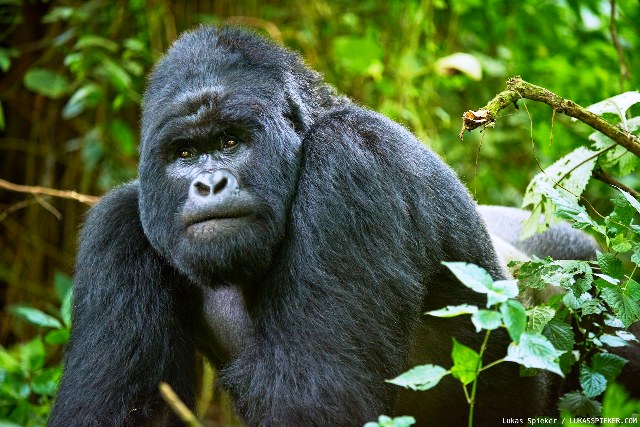A decade ago, there were just 680 mountain gorillas in the wild. Today, there are more a 1,000 thanks to conservation efforts, a historic recovery for the slow-breeding species, according to the International Union of Concerned Scientists (IUCN).
While the gorillas are still considered “endangered,” not yet out of the range of extinction, their status has been upgraded from “critically endangered,” which is considered extremely close to extinction.
“We’re another step closer to achieving healthy, stable populations of mountain gorillas thanks to extraordinary commitment from so many dedicated people,” Bas Huijbregts, African species manager at the World Wildlife Fund US, said in a statement. “That said, mountain gorillas remain endangered and dependent on concerted conservation efforts.”
“The good news is these efforts are working,” he added. “Continued focus on community engagement, prevention of disease transmission and law enforcement can give mountain gorillas a greater chance at survival. These efforts are a shining example for so many other species in need of global concerted conservation action.”
The world’s remaining mountain gorillas live in protected areas in the Democratic Republic of Congo, Rwanda, and Uganda.
Their decline began in the early 20th century, when the gorillas were first catalogued as a species. Their scientific discovery ushered in what became a relentless onslaught of “uncontrolled hunting, war, disease, destruction of its forest habitat, and capture for the illegal pet trade,” according to the WWF.
Like many animals, the mountain gorilla population has plummeted in an inverse relationship with how many humans are nearby. As humans log forests and develop land, gorilla habitats decrease. Similarly, as more humans enter gorilla habitats, they end up poaching the animals for their meat.
After it was realized the gorillas were close to disappearing, however, efforts began to restore the population. Sanctuary spaces were set up for the gorillas to roam without human interference, police campaigns reduced poaching, and veterinarians were dispatched to tend to the animals on a continual basis, according to the Associated Press.
“In the context of crashing populations of wildlife around the world, this is a remarkable conservation success,” Tara Stoinski, president and chief scientist of the Dian Fossey Gorilla Fund, told the Associated Press.
Another cause of the recovery has been sustainable ecotourism, a model that can be replicated for other animals around the world. Rather then stripping animal habitats of resources revenue, governments can create thriving tourism businesses that maintain the integrity of these habitats.
Source: Global Citizen


